equality
June 6, 2023
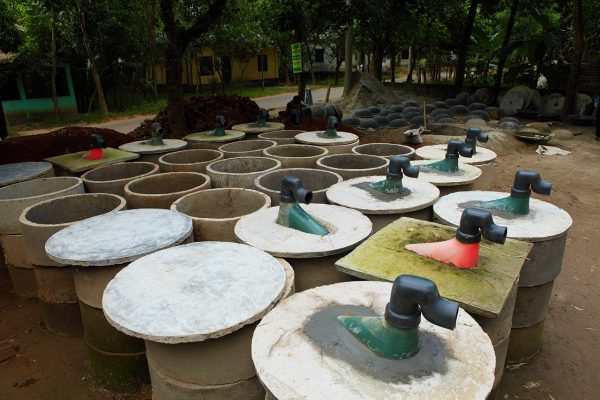
Published by Fateema Kawsar June at Jun 06 2023
Categories
Bangladesh’s drive towards zero open defecation led to an increase in demand for high-quality latrine building materials in both rural and urban areas. This created an opportunity for people to unlock their entrepreneurial spirit while contributing to better sanitation in their communities.
June 5, 2023
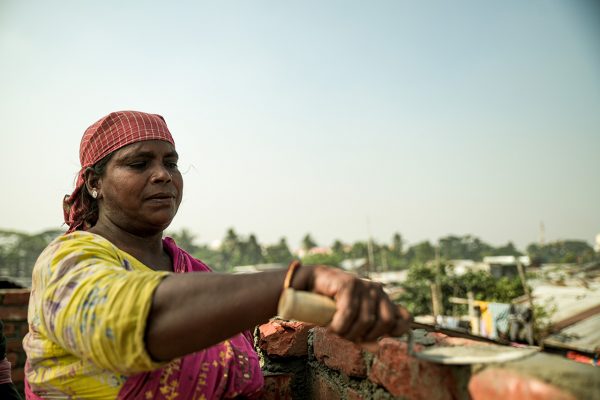
Published by Samia Mallik at Jun 05 2023
Shayera Begum defied all odds to become a leader in the male-dominated field of construction in her community. It was a fifteen-year long, treacherours and, oftentimes, lonely journey to the destination. Read more to learn how Shayera banked on her resolve to overcome her circumstances.
December 22, 2022
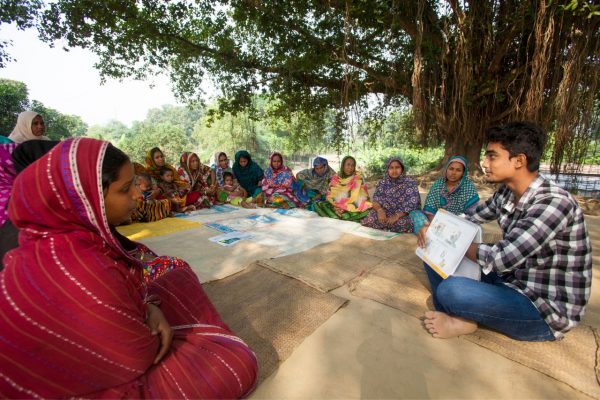
Published by Erina Mahmud at Dec 22 2022
Categories
Nine out of every ten women in Bangladesh still don’t have access to digital financial services. What are the socio-economic barriers hindering their inclusion and how do we design solutions to bring down the barriers stopping women from making the digital transition?
December 2, 2022
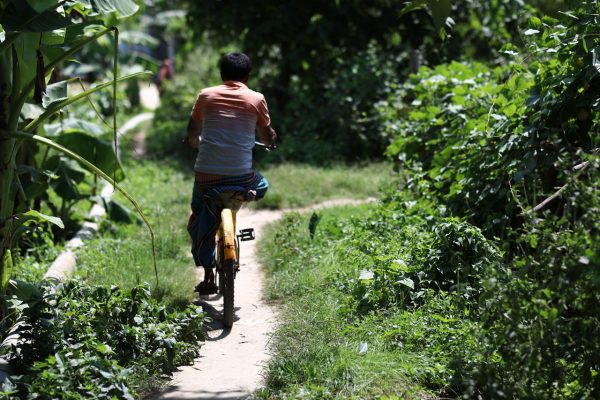
Published by Samia Mallik at Dec 02 2022
Every seventh person alive today – more than 1 billion people in total – lives with some form of disability. Yet, people with disabilities are still overwhelmingly overlooked in times of emergency.
December 1, 2022
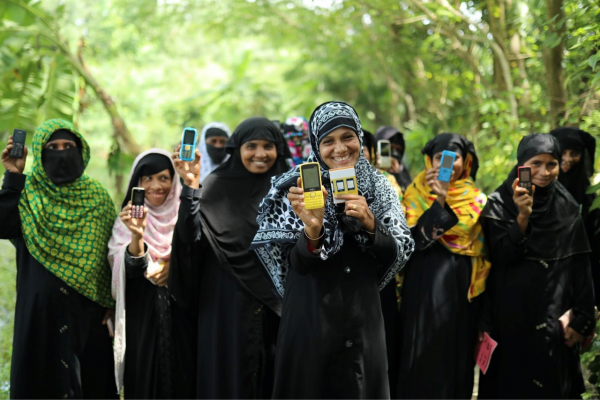
Published by Erina Mahmud at Dec 01 2022
Categories
Digital financial platforms are an enabler for financial inclusion, but approximately 740 million women globally still remain outside of formal or digital financial services. How can the fintech industry better tap into its potential for greater financial inclusion, so that women have the control over their purses?
December 1, 2022
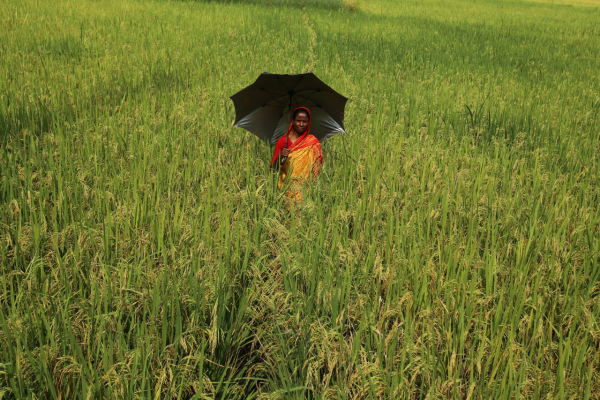
Published by Promiti Prova Chowdhury at Dec 01 2022
Categories
Social security programmes in Bangladesh date back to the 1970s, but continue to be plagued by errors, including a failure to reach those who need it the most. Today, we must look beyond cash allowances and focus on lowering dependency on such programmes.
November 16, 2022

Published by Joydeep Sinha Roy at Nov 16 2022
Categories
85% of employment in Bangladesh is in the informal sector, yet training opportunities in the sector are limited. BRAC’s skills training for advancing resources (STAR) provides a platform for young people to hone their skills, build confidence and take charge of their livelihoods.
August 16, 2022

Published by Fahad Bin Touhid at Aug 16 2022
Child sexual abuse is a silent epidemic, and statistics show it is only getting worse. What can we do to help our children understand the difference between a good touch and a bad touch? A good start is a 20-minute conversation.
April 7, 2022

Published by Ahona Azad Choyti at Apr 07 2022
Categories
It’s 4am, still half dark outside. Moyna Begum wakes up from the sound of water rushing from the tube well. Her first thought is how long that queue gets every morning. 10 families share one tube well and one hygiene facility. She rushes to the tube well with a bucket, to collect the water she will use for the rest of that day.
March 24, 2022
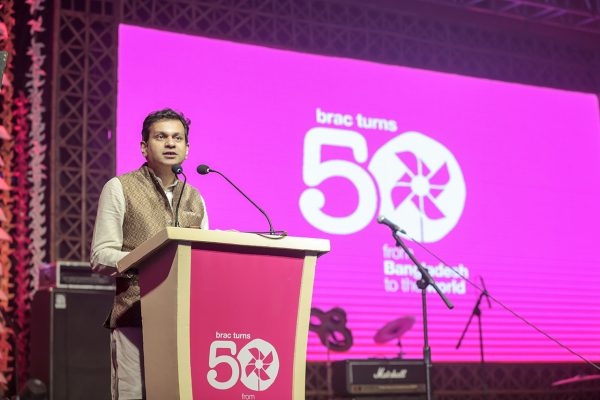
Published by Asif Saleh at Mar 24 2022
The speech given by Asif Saleh, Executive Director of BRAC Bangladesh, at BRAC’s 50th anniversary celebrations on 21 March 2022.
December 12, 2021
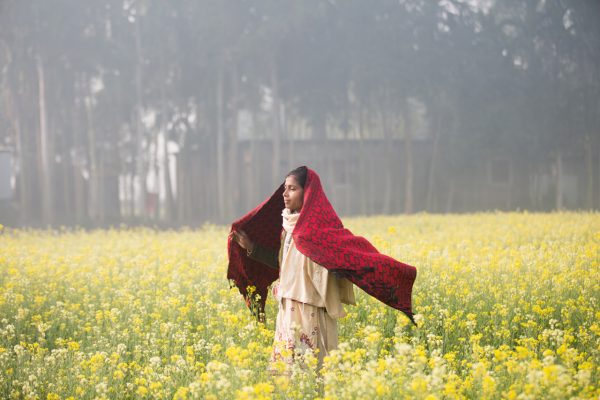
Published by Taqbir Huda at Dec 12 2021
Categories
The 16 Days of Activism against Gender Based Violence (GBV) is as good a time as any to acknowledge that access to justice remains a distant dream for most survivors in Bangladesh, and many other parts of the world. While Bangladesh’s progress against certain socio-economic indices has led it to being dubbed as a development miracle, gaps in our justice institutions remain.
November 22, 2021

Published by SK Jenefa Jabbar at Nov 22 2021
Categories
80% of the four million workers employed in Bangladesh's garment factories in 2012 were women, mostly coming from marginalised backgrounds. This number has significantly declined over the last decade. Why are women leaving jobs at the factories, and what can be done about it?

